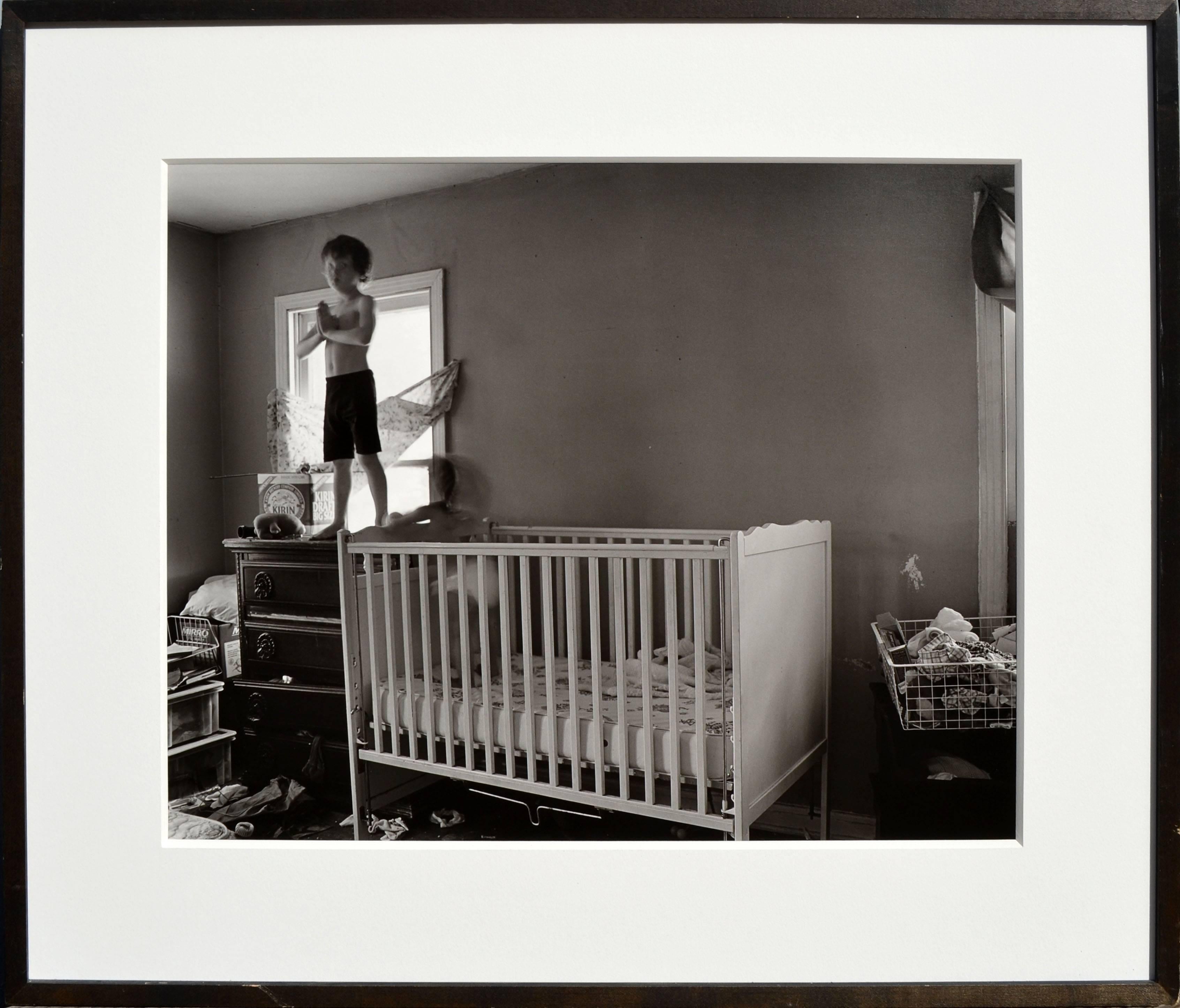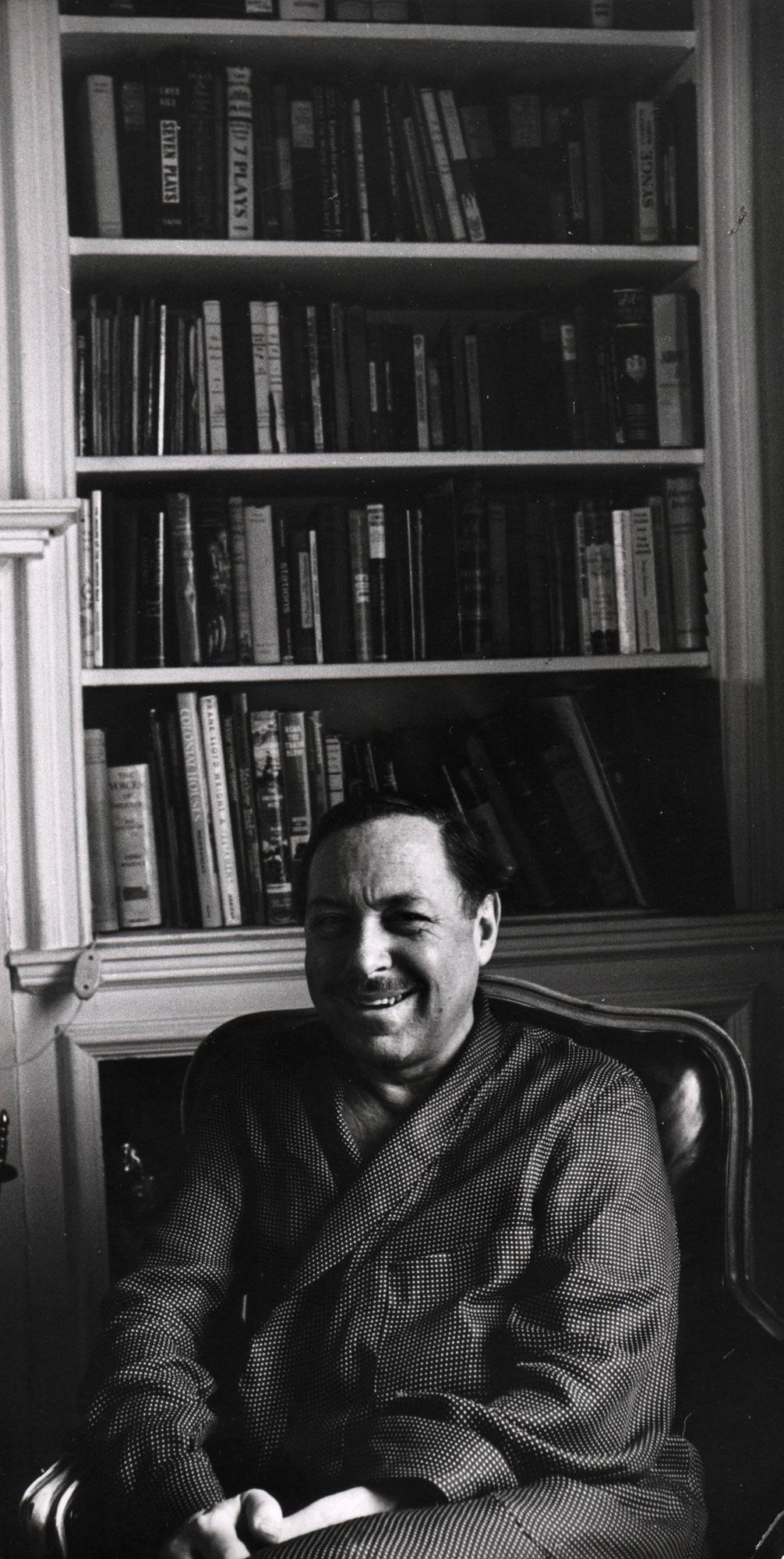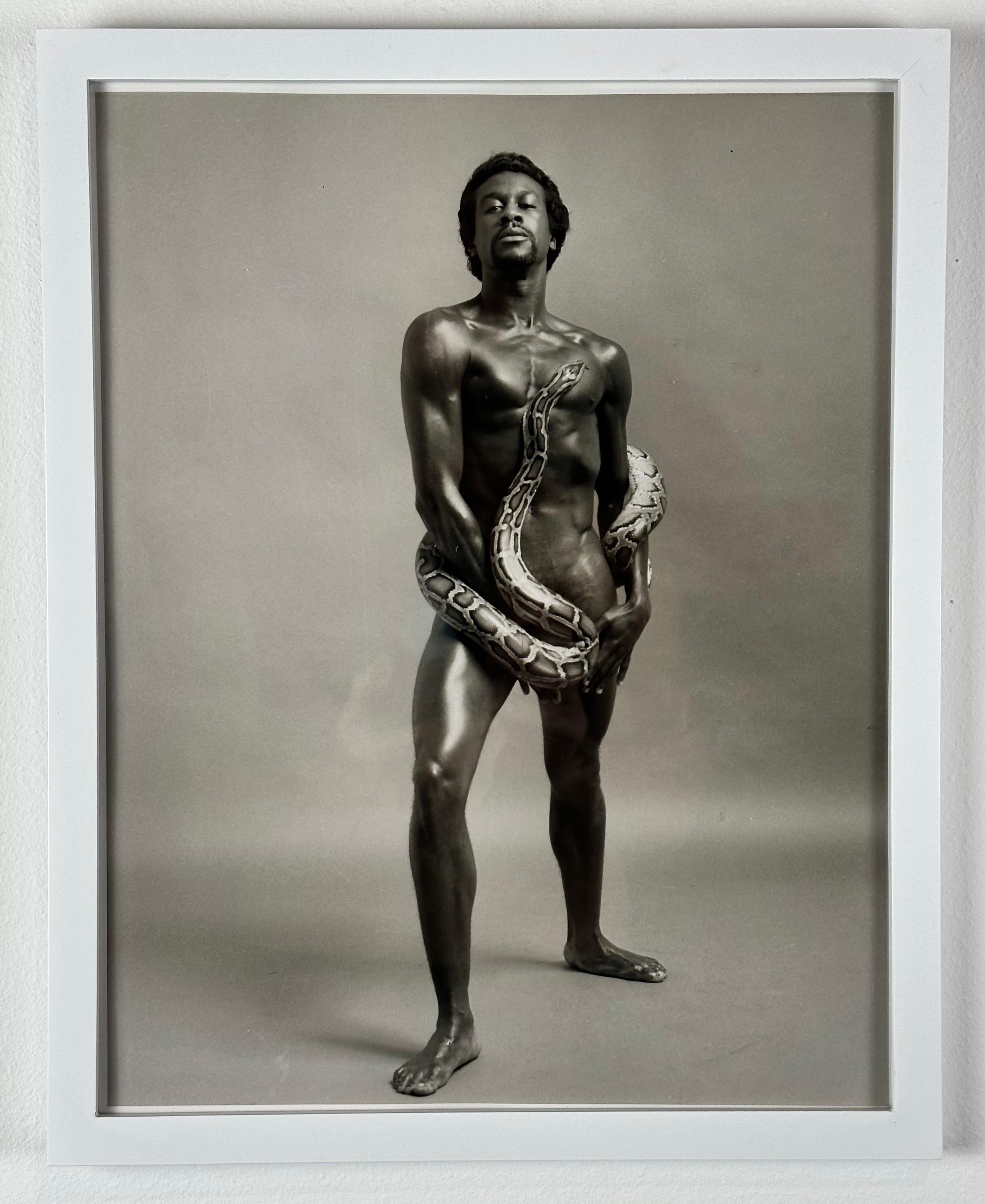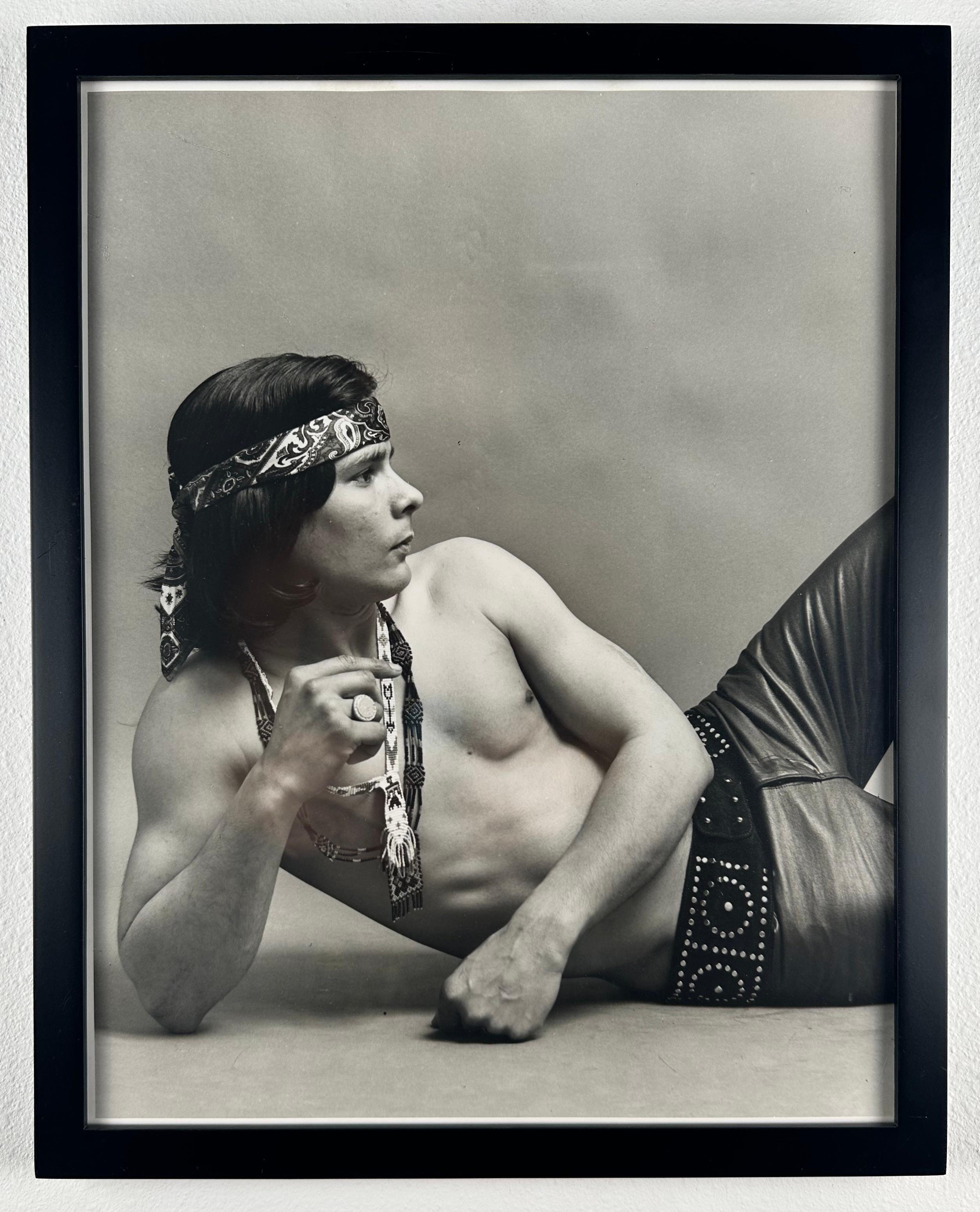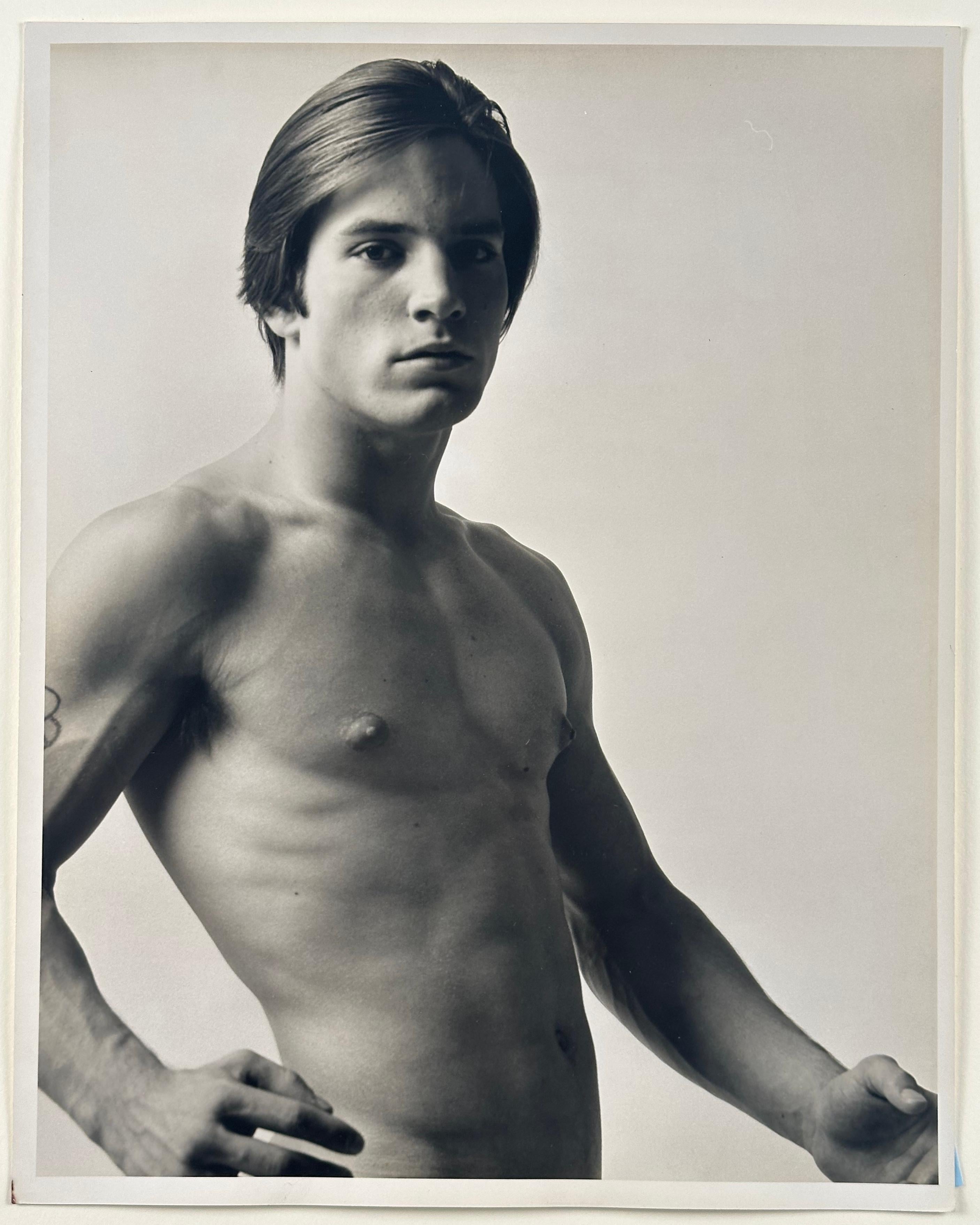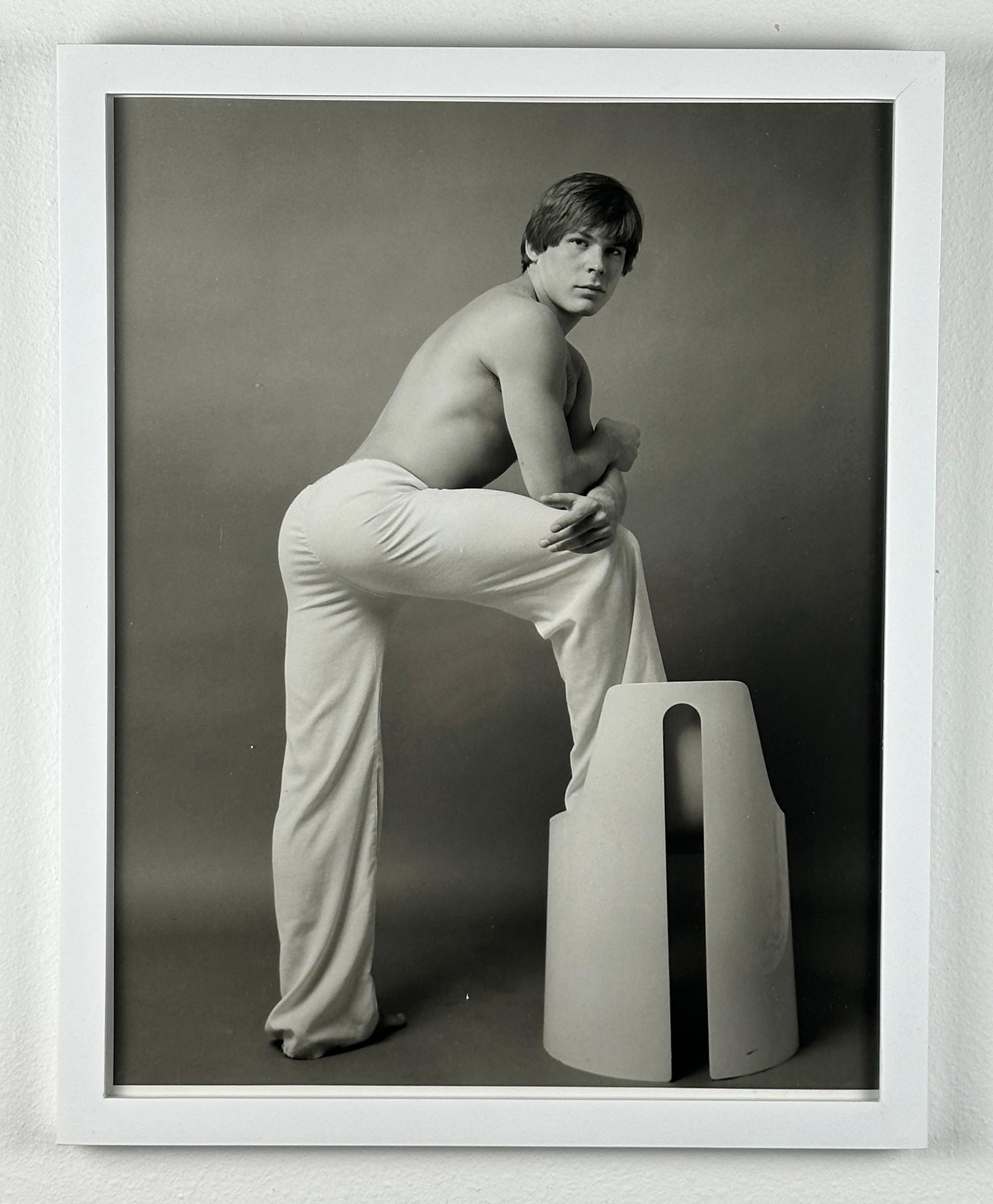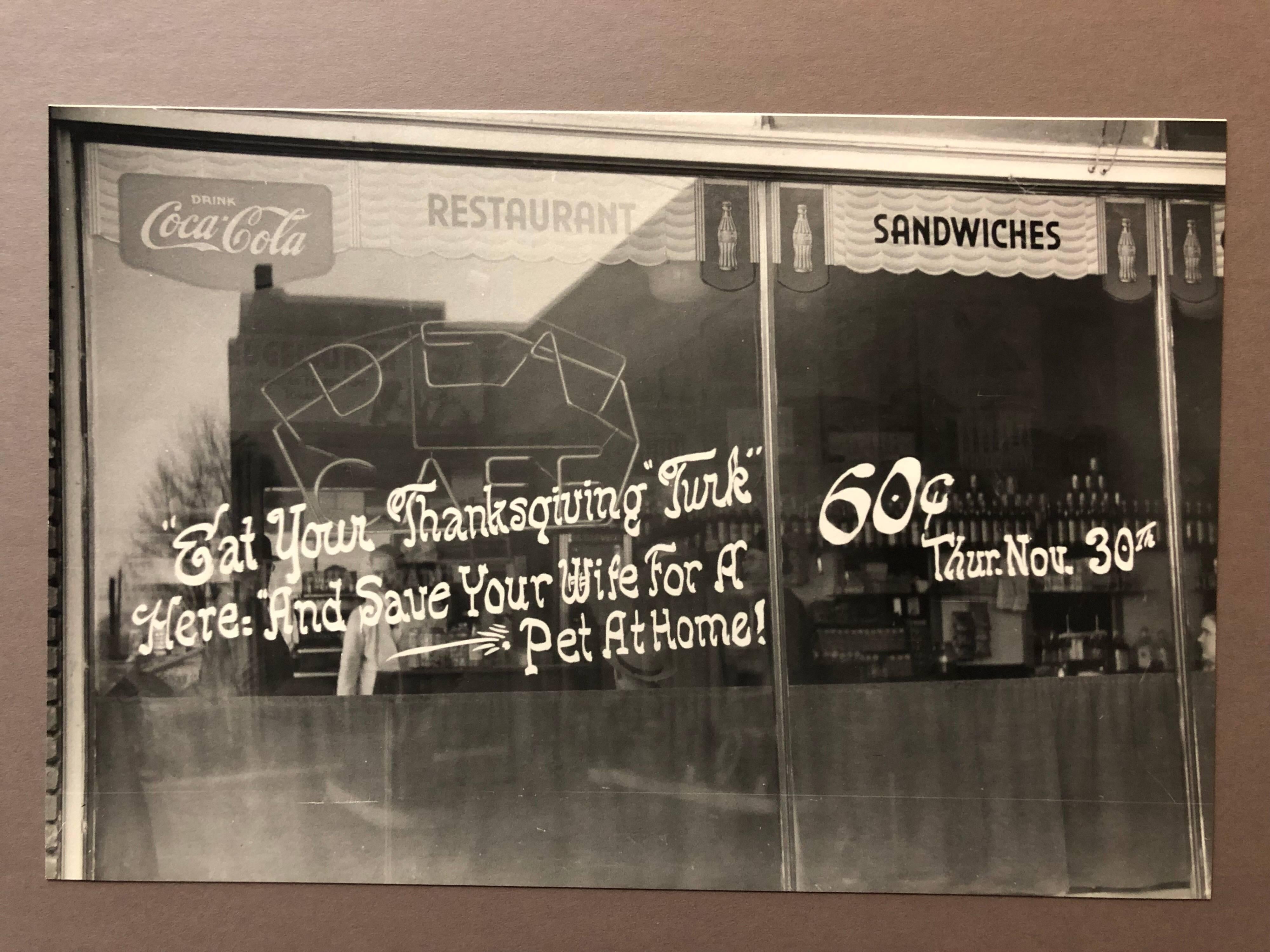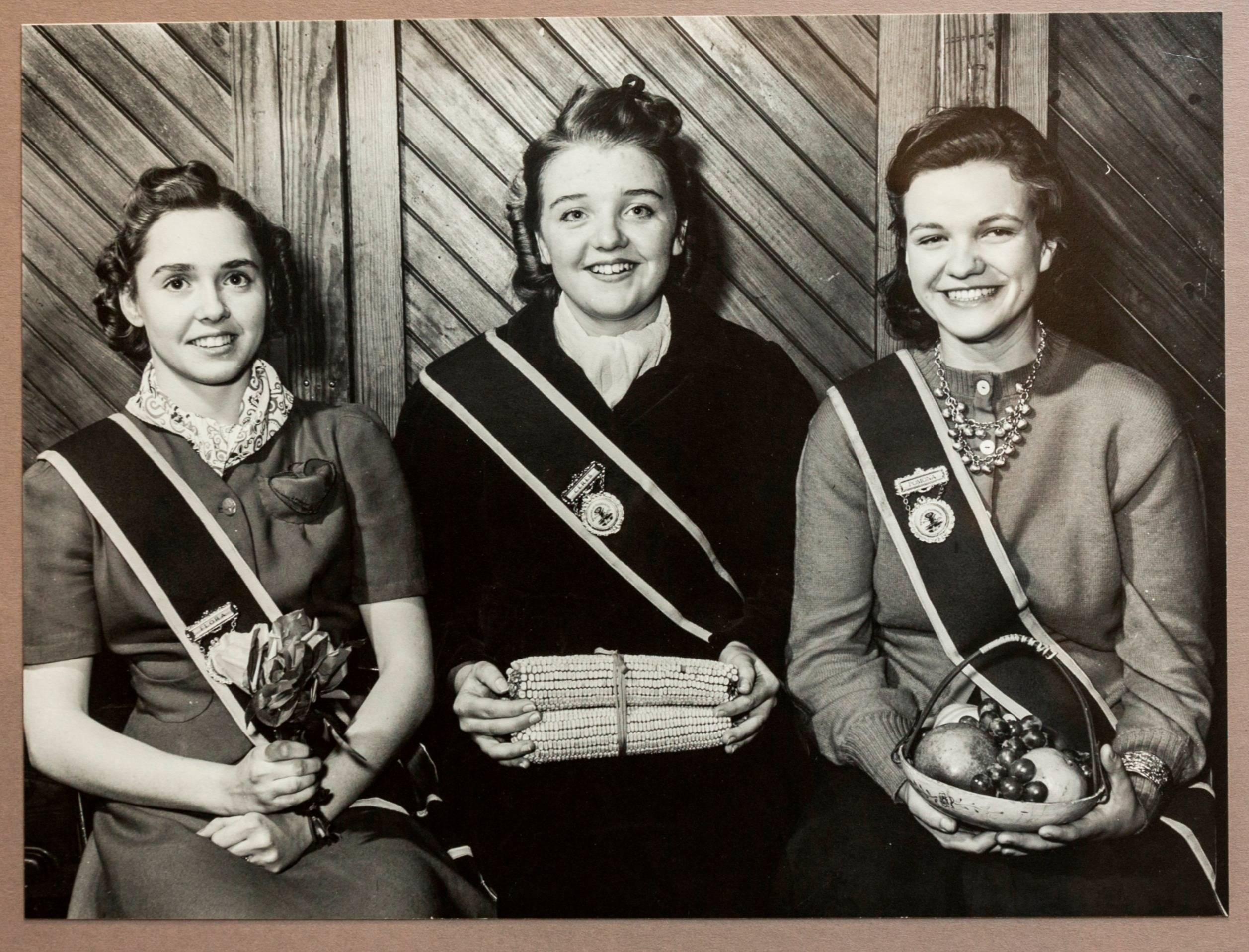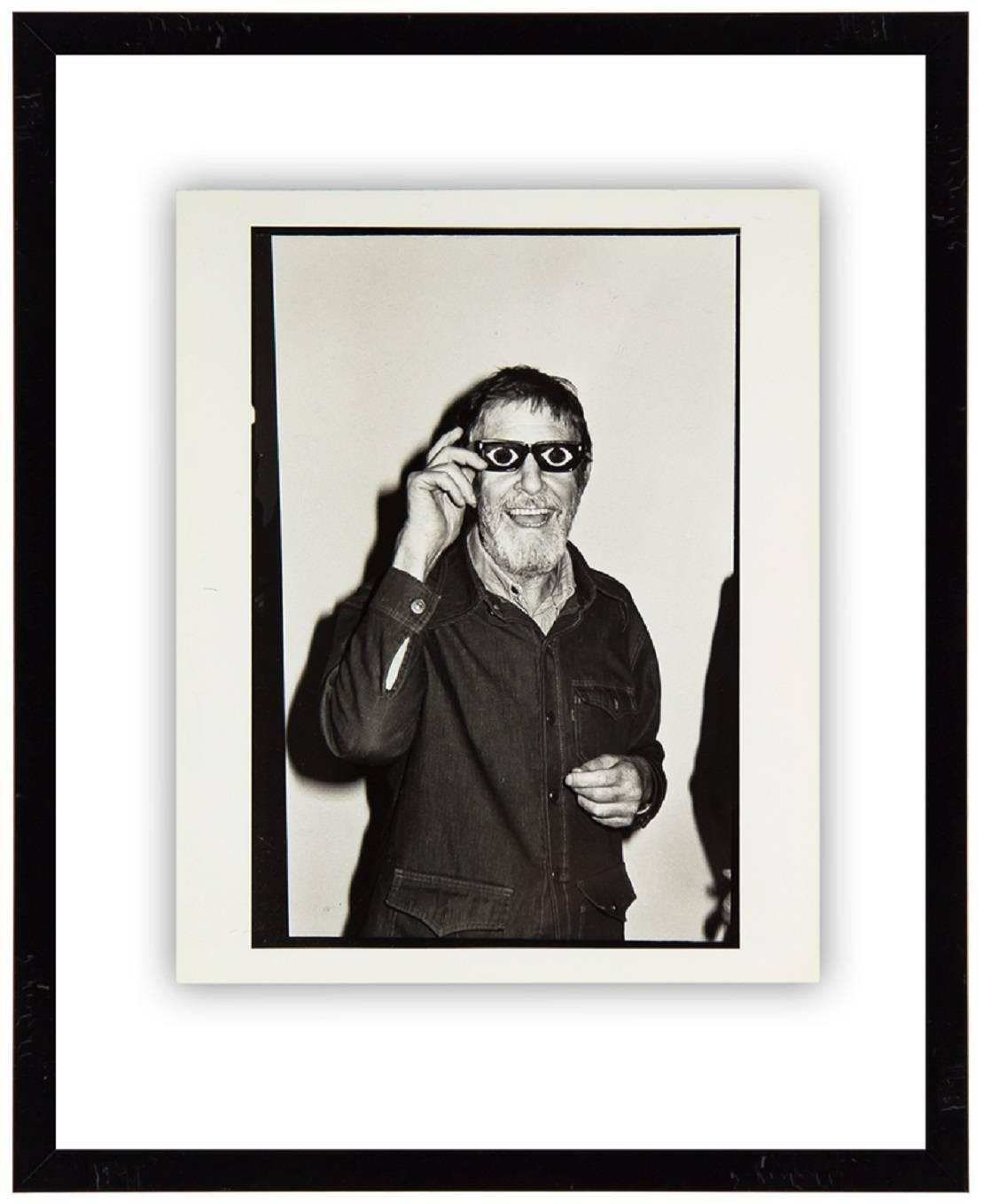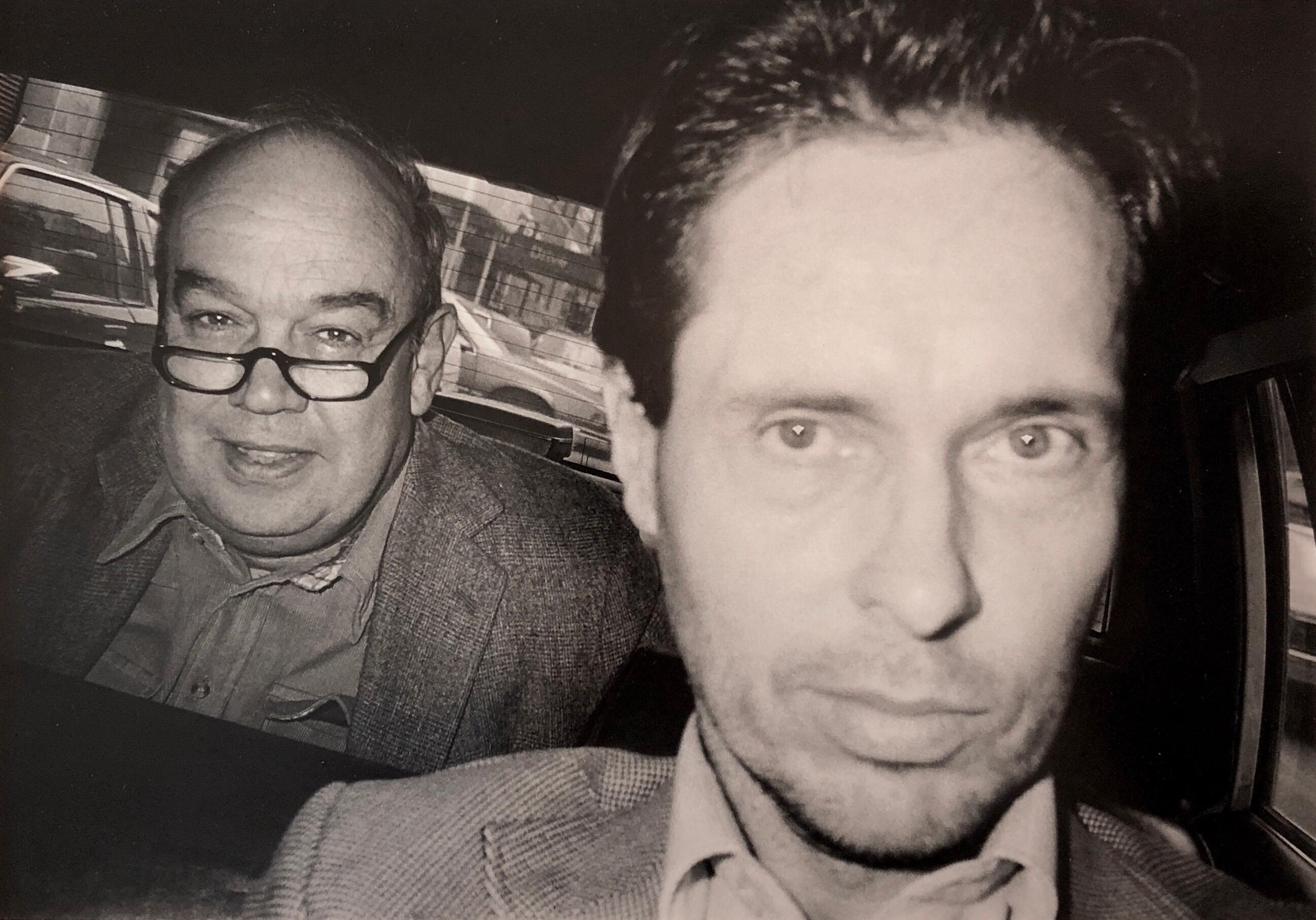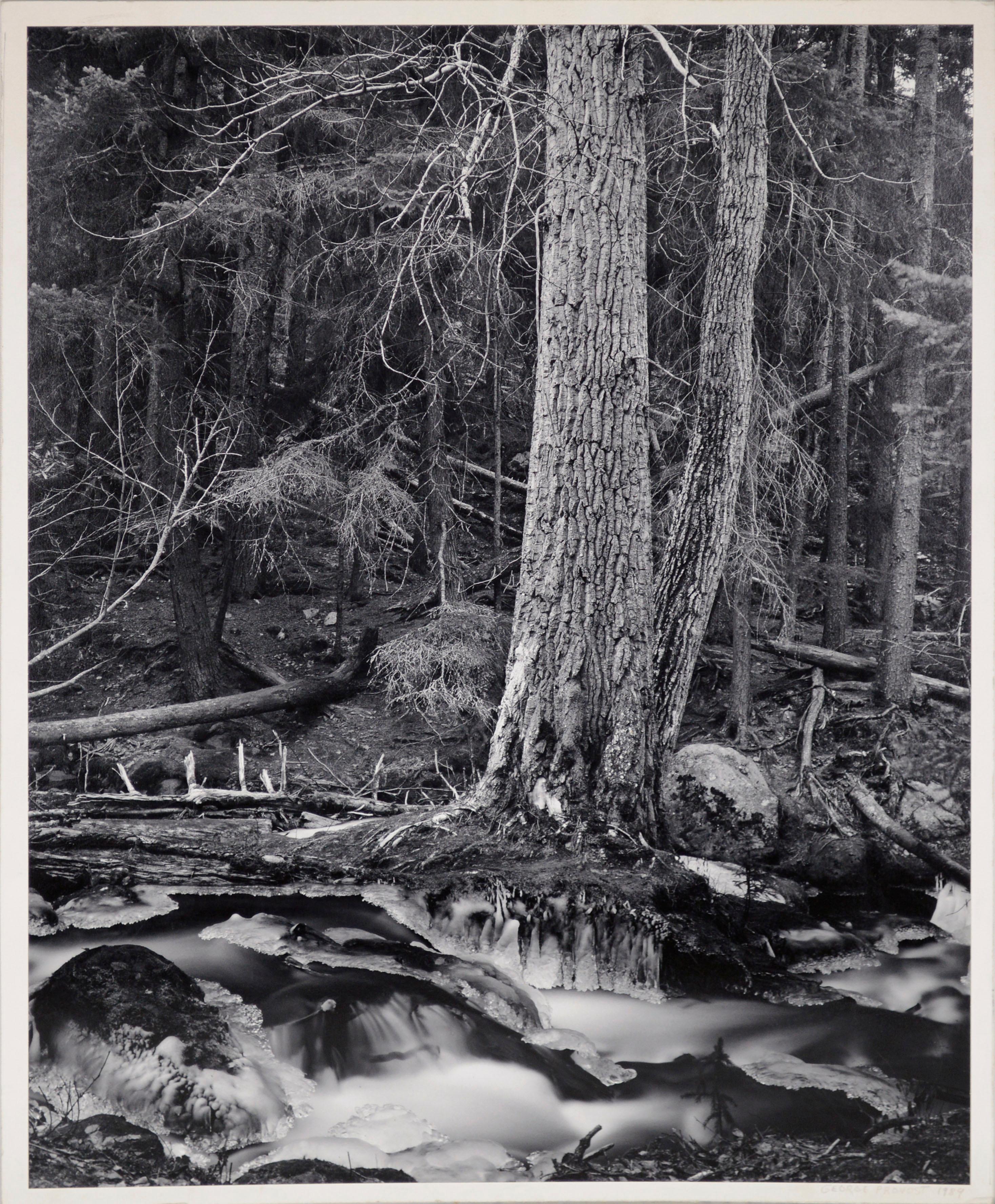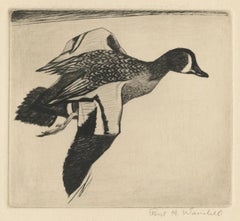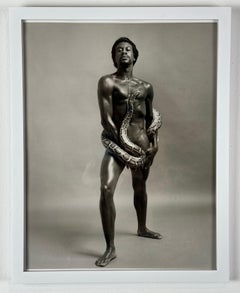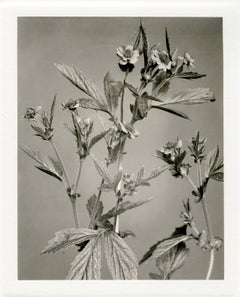
No. 365 Yellow Avens
View Similar Items
Want more images or videos?
Request additional images or videos from the seller
1 of 10
Edwin Hale LincolnNo. 365 Yellow Avens1914
1914
About the Item
- Creator:Edwin Hale Lincoln (1848 - 1938, American)
- Creation Year:1914
- Dimensions:Height: 15 in (38.1 cm)Width: 13 in (33.02 cm)
- Medium:
- Movement & Style:
- Period:
- Condition:
- Gallery Location:Fairlawn, OH
- Reference Number:Seller: FA100831stDibs: LU1401886183
About the Seller
5.0
Recognized Seller
These prestigious sellers are industry leaders and represent the highest echelon for item quality and design.
Platinum Seller
These expertly vetted sellers are 1stDibs' most experienced sellers and are rated highest by our customers.
Established in 1978
1stDibs seller since 2013
710 sales on 1stDibs
Typical response time: 1 hour
Associations
International Fine Print Dealers Association
More From This SellerView All
- Shaker Interior, Sabbathday Lake, MaineBy George TiceLocated in Fairlawn, OHShaker Interior, Sabbathday Lake, Maine Silver print, selenium toned, 1971 Signed in pencil lower right (see photo) Titled verso (see photo) Printed c. 1971 Condition: Excellent Imag...Category
1970s American Modern Black and White Photography
MaterialsSilver Gelatin
- MinneapolisBy Adolf DehnLocated in Fairlawn, OHNote: Dehn was born in Minnesota. He attended the Minneapolis Institute of Art. This work is a view of the Stone Arch Bridge in Minneapolis with the Pillsbury "A"-Mill in the backg...Category
1930s American Realist Landscape Drawings and Watercolors
MaterialsInk
- Blue WingBy Paul H. WinchellLocated in Fairlawn, OHBlue Wing Etching, c. 1940 Signed in the lower right (see photo) Created while the artist was a commercial artist working in Minneapolis, after his tenure o...Category
1940s American Realist Animal Prints
MaterialsEtching
- Untitled (Joe Louis knocking out Max Schmeling in 1938 rematch)By Fletcher MartinLocated in Fairlawn, OHUntitled (Joe Louis knocking out Max Schmeling in 1938 rematch) Pen and ink with wash on heavy wove sketchbook paper, 1938 Signed lower right: Fletcher Martin Directly related to Martin's famous painting of 1942 entitled "Lullaby", which was also used in the lithograph of the same name. (see photo) The drawing depicts the third and final knockdown of Max Schmeling in their rematch of 1938. Condition: Mat staining at the edges of the sketchbook page edges Toning to verso from previous framing. Does not affect framed presentation "It was here that Louis first used sport to bridge America's cavernous racial divide. With Hitler on the march in Europe and using Schmeling's victory over Louis as proof of “Aryan supremacy,” anti-Nazi sentiment ran high in the States. Louis had long grown accustomed to the pressures of representing his race but here the burdens were broader and deeper. Now he was shouldering the hopes of an entire nation. A few weeks before the match Louis visited the White House and U.S. President Franklin Delano Roosevelt, whose tenure lasted even longer than Louis' would, told him, “Joe, we need muscles like yours to beat Germany.” Those muscles certainly beat Schmeling on fight night...Category
1930s American Realist Figurative Drawings and Watercolors
MaterialsInk
- The Hold Up, First StateBy George Wesley BellowsLocated in Fairlawn, OHSigned in pencil by the artist lower right Titled "Hold Up" by the artist in pencil. Signed by the printer Bolton Brown lower left. Edition: 42 in this state Note: In The Hold Up, se...Category
1920s American Realist Figurative Prints
MaterialsLithograph
- Eileen LakeBy Adolf Arthur DehnLocated in Fairlawn, OHEileen Lake Crayon on paper, early1930's Initialed in pencil lower right (see photo) Titled and annotated verso "Eileen Lake, early 1930s girlfriend" Note: Eileen Hall Lake was an American poet and Adolf Dehn's girlfriend in the early 1930s. Provenance: Estate of the artist By descent Adolf Dehn, American Watercolorist and Printmaker, 1895-1968 Adolf Dehn was an artist who achieved extraordinary artistic heights, but in a very particular artistic sphere—not so much in oil painting as in watercolor and lithography. Long recognized as a master by serious print collectors, he is gradually gaining recognition as a notable and influential figure in the overall history of American art. In the 19th century, with the invention of the rotary press, which made possible enormous print runs, and the development of the popular, mass-market magazines, newspaper and magazine illustration developed into an artistic realm of its own, often surprisingly divorced from the world of museums and art exhibitions, and today remains surprisingly overlooked by most art historians. Dehn in many regards was an outgrowth of this world, although in an unusual way, since as a young man he produced most of his illustrative work not for popular magazines, such as The Saturday Evening Post, but rather for radical journals, such as The Masses or The Liberator, or artistic “little magazines” such as The Dial. This background established the foundation of his outlook, and led later to his unique and distinctive contribution to American graphic art. If there’s a distinctive quality to his work, it was his skill in introducing unusual tonal and textural effects into his work, particularly in printmaking but also in watercolor. Jackson Pollock seems to have been one of many notable artists who were influenced by his techniques. Early Years, 1895-1922 For an artist largely remembered for scenes of Vienna and Paris, Adolf Dehn’s background was a surprising one. Born in Waterville, Minnesota, on November 22, 1895, Dehn was the descendent of farmers who had emigrated from Germany and homesteaded in the region, initially in a one-room log cabin with a dirt floor. Adolf’s father, Arthur Clark Dehn, was a hunter and trapper who took pride that he had no boss but himself, and who had little use for art. Indeed, during Adolf’s boyhood the walls of his bedroom and the space under his bed were filled with the pelts of mink, muskrats and skunks that his father had killed, skinned and stretched on drying boards. It was Adolf’s mother, Emilie Haas Dehn, a faithful member of the German Lutheran Evangelical Church, who encouraged his interest in art, which became apparent early in childhood. Both parents were ardent socialists, and supporters of Eugene Debs. In many ways Dehn’s later artistic achievement was clearly a reaction against the grinding rural poverty of his childhood. After graduating from high school in 1914 at the age of 19—an age not unusual in farming communities at the time, where school attendance was often irregular—Dehn attended the Minneapolis School of Art from 1914 to 1917, whose character followed strongly reflected that of its director, Munich-trained Robert Kohler, an artistic conservative but a social radical. There Dehn joined a group of students who went on to nationally significant careers, including Wanda Gag (later author of best-selling children’s books); John Flanagan (a sculptor notable for his use of direct carving) Harry Gottlieb (a notable social realist and member of the Woodstock Art Colony), Elizabeth Olds (a printmaker and administrator for the WPA), Arnold Blanch (landscape, still-life and figure painter, and member of the Woodstock group), Lucille Lunquist, later Lucille Blanch (also a gifted painter and founder of the Woodstock art colony), and Johan Egilrud (who stayed in Minneapolis and became a journalist and poet). Adolf became particularly close to Wanda Gag (1893-1946), with whom he established an intense but platonic relationship. Two years older than he, Gag was the daughter of a Bohemian artist and decorator, Anton Gag, who had died in 1908. After her husband died, Wanda’s mother, Lizzi Gag, became a helpless invalid, so Wanda was entrusted with the task of raising and financially supporting her six younger siblings. This endowed her with toughness and an independent streak, but nonetheless, when she met Dehn, Wanda was Victorian and conventional in her artistic taste and social values. Dehn was more socially radical, and introduced her to radical ideas about politics and free love, as well as to socialist publications such as The Masses and The Appeal to Reason. Never very interested in oil painting, in Minneapolis Dehn focused on caricature and illustration--often of a humorous or politically radical character. In 1917 both Dehn and Wanda won scholarships to attend the Art Students League, and consequently, in the fall of that year both moved to New York. Dehn’s art education, however, ended in the summer of 1918, shortly after the United States entered World War I, when he was drafted to serve in the U. S. Army. Unwilling to fight, he applied for status as a conscientious objector, but was first imprisoned, then segregated in semi-imprisonment with other Pacifists, until the war ended. The abuse he suffered at this time may well explain his later withdrawal from taking political stands or making art of an overtly political nature. After his release from the army, Dehn returned to New York where he fell under the spell of the radical cartoonist Boardman Robinson and produced his first lithographs. He also finally consummated his sexual relationship with Wanda Gag. The Years in Europe: 1922-1929 In September of 1921, however, he abruptly departed for Europe, arriving in Paris and then moving on to Vienna. There in the winter of 1922 he fell in love with a Russian dancer, Mura Zipperovitch, ending his seven-year relationship with Wanda Gag. He and Mura were married in 1926. It was also in Vienna that he produced his first notable artistic work. Influenced by European artists such as Jules Pascin and Georg Grosz, Dehn began producing drawings of people in cafes, streets, and parks, which while mostly executed in his studio, were based on spontaneous life studies and have an expressive, sometimes almost childishly wandering quality of line. The mixture of sophistication and naiveté in these drawings was new to American audiences, as was the raciness of their subject matter, which often featured pleasure-seekers, prostitutes or scenes of sexual dalliance, presented with a strong element of caricature. Some of these drawings contain an element of social criticism, reminiscent of that found in the work of George Grosz, although Dehn’s work tended to focus on humorous commentary rather than savagely attacking his subjects or making a partisan political statement. Many Americans, including some who had originally been supporters of Dehn such as Boardman Robinson, were shocked by these European drawings, although George Grocz (who became a friend of the artist in this period) admired them, and recognized that Dehn could also bring a new vision to America subject matter. As he told Dehn: “You will do things in America which haven’t been done, which need to be done, which only you can do—as far at least as I know America.” A key factor in Dehn’s artistic evolution at this time was his association with Scofield Thayer...Category
1930s American Realist Figurative Drawings and Watercolors
MaterialsOil Crayon
You May Also Like
- Vintage photograph -- Boys and Crib, Teenage Mothers in TexasBy Jocelyn LeeLocated in Soquel, CABoys and Crib one of a series of photographs done during the 1990-1996 period photographing teenage mothers in Texas. Acid free mat and new plexiglass. Image, 14"W x 17.5"L. Black wood frame.Jocelyn Lee was born in Naples Italy, and received her BA in philosophy and visual arts from Yale University, and her MFA in photography from Hunter College. In 2001 she received a Guggenheim Fellowship. In 1996 her work, The Youngest Parents, was published by DoubleTake Books and The Center for Documentary Studies at Duke University in collaboration with Robert Coles and John Moses. She has exhibited nationally, most recently in an exhibition entitled “Feature Photography” at The National Portrait Gallery, Smithsonian Institution in Washington, DC, 2008; The Pace MacGill Gallery in NY, 2007 (Solo)/2005; The DeCordova Museum in Waltham, Mass 2007; The Center for Maine Contemporary Art 2007 (Solo); The University of Maine Museum of Art, 2006 (Solo); Stone Hill...Category
1990s American Realist Black and White Photography
MaterialsPhotographic Paper, Silver Gelatin
- Tennessee Williams Vintage Mid 20th Century Broadway Theatre Gay ContemporaryBy Roddy McDowall 1Located in New York, NYTennessee Williams Vintage Mid 20th Century Broadway Theatre Gay Contemporary Roddy McDowall (British American, 1928-1998) "Tennessee Williams," Vinta...Category
1970s American Realist Portrait Photography
MaterialsPhotographic Paper, Silver Gelatin
- Portrait of Tommy Hawkins with PythonLocated in Wilton Manors, FLKenn Duncan (1928-1986). Portrait of Tommy Hawkins with Python, 1973. Photographic period print measuring 11 x 14 inches. Titled and dated on verso by the ...Category
1970s American Realist Black and White Photography
MaterialsSilver Gelatin
- Portrait of Man in HeadbandLocated in Wilton Manors, FLKenn Duncan (1928-1986). Portrait of Man in Headband, ca. 1973. Photographic period print measuring 11 x 14 inches. Studio stamp on verso. The print was us...Category
1970s American Realist Black and White Photography
MaterialsSilver Gelatin
- Joe D'AllesandroLocated in Wilton Manors, FLKenn Duncan (1928-1986). Portrait of Joe D'Allesandro, ca. 1973. Photographic period print measuring 11 x 14 inches. Measures 12 x 15 inches framed. Studio stamp on verso. The print was used for publication in After Dark Magazine. From the estate of William Como, Editor in Chief, After Dark Magazine. Kenneth Duncan was born September 22, 1928, in New Jersey. He began his career as a skater and then a dancer. After breaking his foot and taking a six-week course on photography at a YMCA, he became a photographer. Duncan worked as a principal photographer for After Dark and Dance Magazine. His photographs also regularly appeared in Vogue, Harper's Bazaar, Life, Time, and Newsweek. In addition, he photographed a score of Broadway shows, including Hair, Applause, The Elephant Man, and Sophisticated Ladies and many dance and Broadway stars including Chita Rivera...Category
1970s American Realist Black and White Photography
MaterialsSilver Gelatin
- 1970s photo Male ModelLocated in Wilton Manors, FLKenn Duncan (1928-1986). Male Model, ca. 1973. 11 x 14 inches; 12 x 15 inches framed. From the estate of William Como, Editor in Chief, After Dark Magazine. Kenneth Duncan was born September 22, 1928, in New Jersey. He began his career as a skater and then a dancer. After breaking his foot and taking a six-week course on photography at a YMCA, he became a photographer. Duncan worked as a principal photographer for After Dark and Dance Magazine. His photographs also regularly appeared in Vogue, Harper's Bazaar, Life, Time, and Newsweek. In addition, he photographed a score of Broadway shows, including Hair, Applause, The Elephant Man, and Sophisticated Ladies and many dance and Broadway stars including Chita...Category
1970s American Realist Black and White Photography
MaterialsSilver Gelatin
